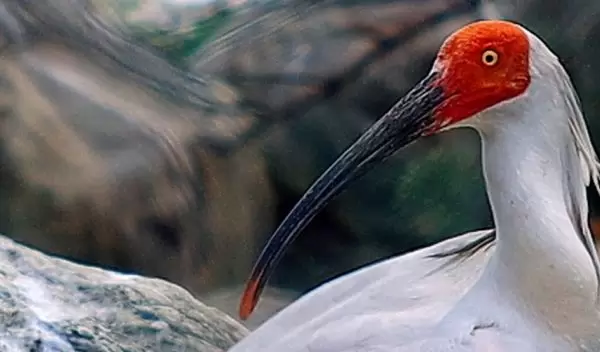
Bird enzyme points toward novel therapies
Thank the crested ibis for a clue that could someday help human bodies make their own drugs. The rare bird is the only one known to naturally produce an enzyme able to generate an amino acid that is "noncanonical," that is, one not among the 20 necessary to encode most proteins.
Rice University chemists used a rare genetic pathway to metabolically engineer cells that serve as drug factories to make thrombin inhibitors that break up blood clots. The study began with a bioinformatic survey that found the key in a crested ibis.
Rice University chemist, Han Xiao, theoretical physicist, Peter Wolynes, and their colleagues have shown that the amino acid sulfotyrosine, or sTyr, a mutant of the standard amino acid tyrosine, is a key building block to program living cells that express therapeutic proteins. This discovery could potentially allow cells to serve as sensors that monitor their environments and respond with necessary treatments.
The study, which appears in Nature Communications, was supported in part by the U.S. National Science Foundation. It produced the first mammalian cells that synthesize sTyr.
"In nature, most species are made with 20 canonical building blocks," Xiao said. "If you want to add an additional building block, you need to think about how to make it. Through this new strategy to modify proteins, we can totally change a protein's structure and its function."
Xiao enlisted Wolynes, co-director of the Center for Theoretical Biological Physics, one of 10 Physics Frontiers Centers established by NSF. The Wolynes team employed an artificial intelligence program that predicts proteins structures. Comparing genome databases, they found the sulfotransferase 1C1 enzyme, which catalyzes the generation of sTyr in the ibis.
"The ibis is the only species doing this, which was discovered by a sequence similarity search of genomic information," Xiao said. The researchers expect to use the combination of bioinformatics and computationally enhanced screening to produce a library of biosynthesized noncanonical amino acids.
"This work is a nice example of the type of interdisciplinary research that’s a critical component of NSF's Physics Frontier Centers program," said James Shank, a program director in NSF's Division of Physics.


